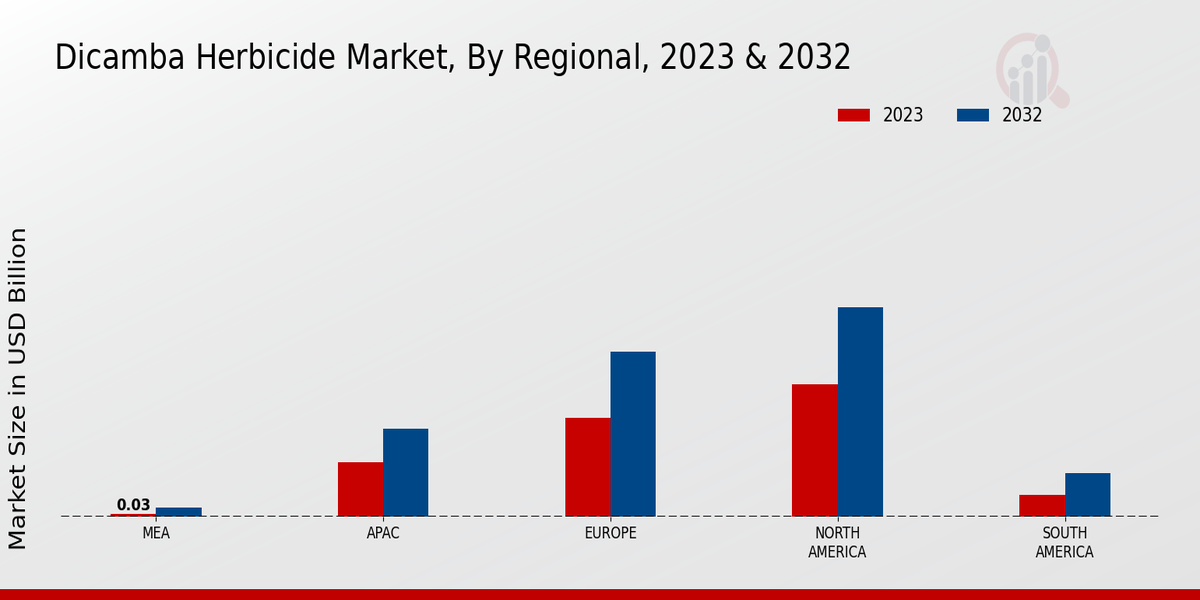The market is characterized by a diverse group of competitors aiming to capture market share through innovative product offerings and effective marketing strategies. This market is influenced by various factors, including regulatory changes, technological advancements, and shifts in consumer preferences toward sustainable agricultural practices.
As farmers increasingly seek efficient solutions for weed management, competitive players focus on developing formulations that are effective against resistant weed species, ultimately aiming to enhance crop yields. The landscape is dynamic, with established manufacturers and emerging players competing through pricing strategies, distribution channels, and product differentiation.
SABIC is a notable player in the market, leveraging its robust chemical manufacturing capabilities to produce high-quality herbicide formulations. The company's strengths lie in its extensive research and development resources, allowing it to innovate and adapt its products to meet the evolving needs of modern agriculture.
SABIC has established a significant market presence by forming strategic partnerships and collaborations, enhancing its distribution networks and ensuring customer loyalty. The company’s commitment to sustainability throughout its production processes reinforces its position as a leader in delivering environmentally friendly solutions to farmers, enabling them to efficiently manage weeds while minimizing ecological impacts.
WeedScience Technologies brings a unique perspective to the market with its focus on developing targeted and effective herbicide solutions. The company prides itself on its integrated approach, combining scientific research with an understanding of practical agricultural challenges.
WeedScience Technologies emphasizes customer engagement, ensuring that its product offerings are aligned with the on-ground needs of farmers. This approach not only fosters innovation but also builds trust within the agricultural community. By utilizing advanced technology and regional agricultural insights, WeedScience Technologies is positioning itself as a forward-thinking competitor, dedicated to enhancing crop protection through effective weed management solutions that are tailored to specific environmental conditions.



















